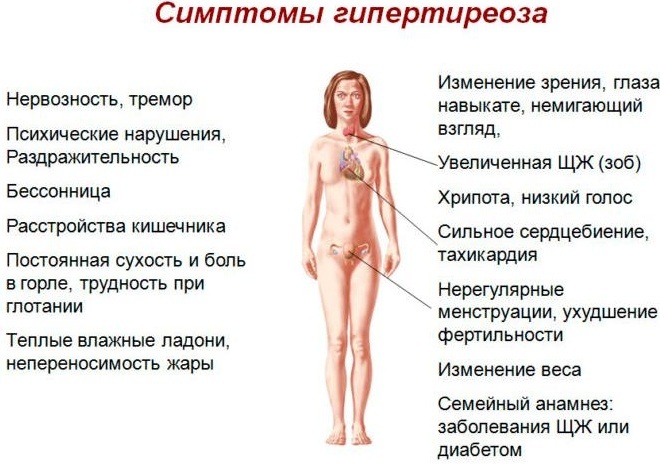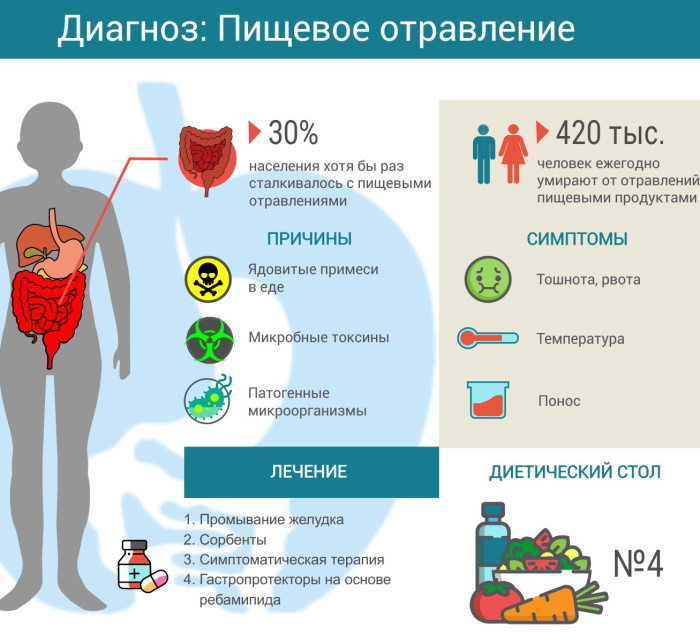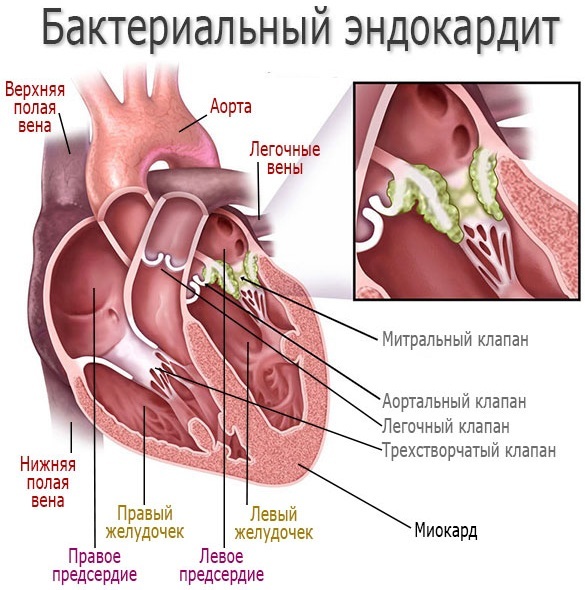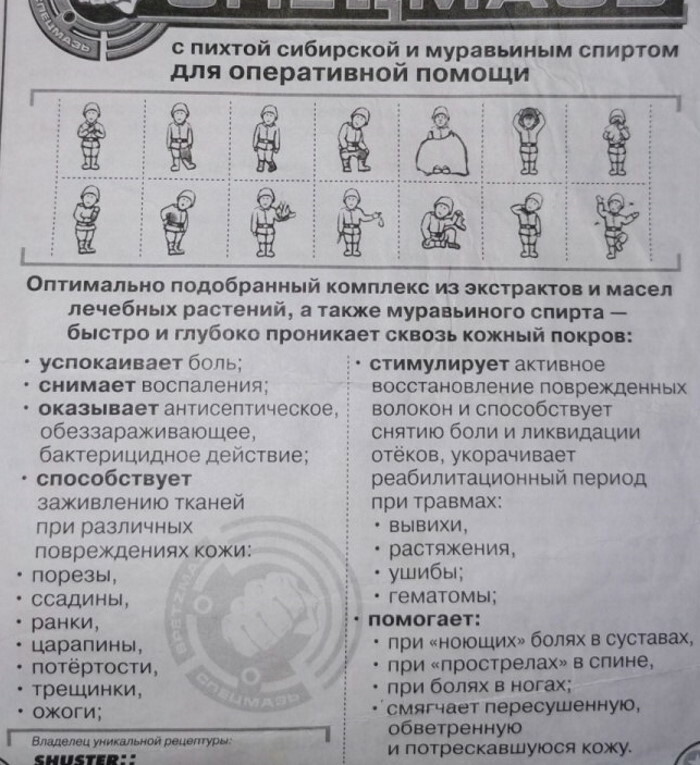Content
- Types of chills
- Causes of chills in women
- What diseases are provoked?
- Reasons without temperature
- Nausea, vomiting, headache and chills
- Body aches and chills
- Chills during pregnancy
- What is the danger of chills?
- When to see a doctor?
- Goosebumps Videos
Feeling of "goose bumps" crawling over the body often accompanied by chills of varying degrees of intensity, which is a small uncontrolled muscle tremor. The condition is considered one of the manifestations of paresthesia. The reason for the occurrence of such sensations in women is often of a psychoemotional or pathological nature.
Types of chills
Involuntary tremor is provoked by inconsistent contractions of small groups of smooth muscles in combination with a spasm of superficial capillaries. The condition is classified by duration, frequency of occurrence, pathogenetic mechanism of development.
An important diagnostic factor is the connection between chills and body temperature. There is an involuntary muscle tremor, combined with "goose bumps" crawling on the skin and hyperthermia due to pathological reasons.
This condition is provoked by infectious and inflammatory processes, purulent-septic and necrotic foci, colds of a viral nature. A separate category of symptoms is the feeling of coldness at normal temperature.
"Goosebumps" (the cause in women is often psychosomatic or due to neurological disorders) causes severe anxiety or hormonal instability.
Another type of chills occurs with hypothermia. This condition is caused by a sudden pilomotor reflex - stimulation of the nerve endings of the sensitive peripheral circuit by exogenous temperature stimuli.
There is a spontaneous excitation of the autonomic fibers of the spinal canal, which are responsible for the innervation of the subcutaneous blood vessels and smooth muscles of the hair follicles.
The physiological process leads to tension of the rods of the cover, which causes a feeling of creeping "goose bumps".

In terms of duration, paresthetic chills are subdivided into:
- Short-term. It occurs with prolonged antiphysiological position of the body, prolonged stay in an uncomfortable position. The condition is accompanied by a slight sensation of cold, caused by a violation of the thermoregulatory function and skin heat exchange as a result of the compression load on the small blood vessels.
- Chronic. Such chills are syndromic or paroxysmal (recurring regularly) in nature. The condition signals neurological pathologies, the development of an autoimmune disease, and lesions of the cardiovascular system. Such chills can be combined with pallor of the skin, a noticeable violation of hemodynamics, local convulsive twitching of the limbs.
- Multiple. Typical for rare diseases - tropical malaria, typhus. Differs in high intensity. Such chills sometimes occur with inadequate autoimmune reactions, blood transfusion.
- Psycho-emotional. It develops as a result of intense excitement caused by external irritants or sexual arousal. Has a short period of action, but a high intensity of contraction of smooth muscle fibers of the skin.
Transient paresthesias are considered a normal physiological phenomenon and do not require medical intervention. Constant or frequently recurring chills with "goose bumps" require clarification of the provoking factor using current diagnostic protocols.
Causes of chills in women
The symptom is characteristic for a broad category of pathological processes, functional disorders and disorders. Chills accompanied by a feeling of "goose bumps" crawling over the body and fever is considered an early sign of infectious infections, respiratory diseases of viral etiology.
The combination of small tremors of smooth muscle fibers with cough syndrome, respiratory failure indicates vascular pathologies, cardiological dysfunctions of a bacterial nature - endocarditis, tonsillogenic myocardial dystrophy or exacerbated rheumatic fever.
"Goosebumps" on the body (the reason for women is specific, due to premenstrual syndrome, pregnancy or approaching menopause) accompanied by chills, a characteristic symptom:
- diabetes mellitus;
- hematological pathologies;
- pyelonephritis;
- hyperthyroidism;

- pneumonia;
- salmonellosis;
- vegetative dystonia;
- hypothermia;
- a labile state of the nervous system.
From non-pathological causes of sudden chills with manifestations of paresthesia, experienced stress or strong emotional excitement is distinguished. The endocrine system reacts to such factors by releasing an excess dose of adrenaline into the bloodstream. The hormonal substance causes a spasm of the subcutaneous capillaries and enhances the contractile motility of smooth muscles. There is an increase in the secretory activity of the sweat glands.
In a woman, a single state is often psychogenic and is not accompanied by hyperthermia. Symptoms spontaneously disappear after elimination of the provoking factor and normalization of the physiological balance.
Such manifestations are characteristic of depressive states and panic attacks - spontaneously and unpredictably arising attacks of unmotivated anxiety or severe fear that accompany multiple organ disorders of autonomic genesis.
What diseases are provoked?
The sensation of "goose bumps" crawling over the body in combination with chills cause systemic pathologies with a primary violation of the peripheral nervous circuit. This is a broad group of diseases called neuropathies.
Pathologies of this category common in women are presented in the table:
| A type of polyneuropathy | Pathogenetic features |
| Diabetic | It develops against the background of a persistent uncontrolled increase in the concentration of glucose in the blood. Significant pathogenetic signs are ischemic manifestations, provoked by hyperglycemia, metabolic disorders in peripheral and autonomic nerve tissues. |
| Toxic | The condition is caused by exogenous toxic substances that affect the peripheral conductive electrochemical impulses of the fibers. The immune response to intoxication is manifested by fine tremors of smooth muscles, fever, paresthesias. |
| Alcoholic | Peripheral nerves affect the products of the metabolism of ethyl alcohol. It is considered a special case of toxic polyneuropathy. |
| Post-traumatic | It is caused by mechanical damage to nerve fibers. With post-traumatic polyneuropathy, the transmission of electrochemical impulses through the synaptic space worsens, which causes paresthesias and a spasmodic state of smooth muscles. |
Of the diseases provoking a combination of chills with a feeling of "goose bumps" creeping on the skin, women often experience vitamin and microelement starvation. Deficiency of physiological active compounds of groups B and C, iron causes disturbances in the work of the peripheral part of the central nervous system.
Paresthesias accompanied by chills are characteristic of autoimmune pathologies and demyelinating processes. Hereditary degenerative lesions of the nervous system can cause periodic uncontrolled muscle tremors in combination with a feeling of creeping on the skin.
These genetic systemic diseases include neural amyotrophy syndrome. Progressive pathology affects the distal extremities, which leads to a gradual fading of tendon reflexes, fascicular muscle contractions.
Reasons without temperature
Chills with "goose bumps" occurs against the background of physical weakening, nervous exhaustion, suppressed immunity. Such symptoms are not accompanied by an increased body temperature. In women, spontaneous chills and a feeling of "goose bumps" creeping on the skin often occurs during menopausal physiological changes.
Another common cause of this condition is the immune system's response to certain medications.
The main etiological factors for the onset of chills without fever:
- Blood pressure drops. With hypertension and women who are prone to a sharp spontaneous fall in blood pressure, a combination of paresthesia with small tremors of smooth muscles is often observed. A sudden sensation of coldness and "goose bumps" crawling on the skin is accompanied by severe cephalalgia.
- Thyroid dysfunction. With a reduced secretion of thyroid hormone, the work of smooth muscles and the peripheral nervous contour of the body is often disrupted. The complex of symptoms additionally includes chronic fatigue, apathetic mood, rapid weight gain against the background of physical inactivity.
- Insulin-dependent diabetes mellitus. Tsevere endocrine pathology is not accompanied by hyperthermia. Along with chills and paresthesias, excessive sweating, headaches, and muscle weakness periodically occur. Speech disorders develop, numbness of the lips and fingers is observed.
- Menopause syndrome. Chills in such a period of a woman's life are accompanied by hot flashes, sensations of internal heat or cold without changing the recorded body temperature.
"Goosebumps" on the body cause neurological pathologies, which are characterized by chills without hyperthermia. A rare cause in women is amyotrophic lateral sclerosis, a severe progressive neuroimotor dysfunction.
In the initial stage of development of muscle atrophy, there is a periodic feeling of chills and "creeps", which serve as a symptom of the gradual withering away of motor neurons. The condition is typical for temporal lobe epilepsy with secondary generalized seizures, mental disorders.
Nausea, vomiting, headache and chills
Such symptoms are characteristic of systemic intoxication, infectious lesions of the gastrointestinal tract, cardiovascular disorders. The combination of chills with nausea and vomiting and headache occurs as an immune response to severe stress.
Such states are observed with fatigue, after intense sports activities against the background of insufficient physical readiness. A common cause of the symptom complex is food poisoning.
Toxic substances are pumped into the bloodstream and deposited in organic tissues. In severe cases, toxic substances penetrate into the cerebral zone, causing vasospasm, disrupting the functions of the peripheral nervous system.
Chills with nausea, vomiting and headache are a typical reaction to toxic chemical compounds, an attempt by the body to reduce the level of intoxication load. This condition is typical for a sharp increase in blood pressure. Excessive filling of the blood channels with hematological fluid seals the walls of the channels by means of compression.
Typical symptoms of hypertension:
- acute cephalalgia;
- activation of the gag reflex;
- nausea;
- paresthesia;
- dyspnea;
- stitching pains in the chest area;
- hyperemia of the skin and mucous membranes;
- point transdermal hemorrhage.
This condition occurs as a side effect of systemic diuretics, antiarrhythmic drugs, psychotropic drugs against the background of chronic arterial hypotension. The headache acquires a pressing character, muscle tone decreases, pallor of the skin and mucous membranes is observed.
Of the gastroenterological pathologies accompanied by such symptoms, there are:
- gastritis;
- stomach ulcer;
- pancreatitis;
- Crohn's syndrome.
Paresthesias and chills are caused by toxic damage to peripheral nerve fibers in viral or alcoholic hepatitis with inflammation of the parenchymal membrane of the liver.
Paresthesias and chills accompanied by headache, nausea and vomiting are nonspecific signs. They cannot serve as complete diagnostic criteria. Additional and clarifying examinations are required.
Body aches and chills
Symptoms are characterized by moderate joint pain, combined with a feeling of internal coldness.
Such manifestations are characteristic:
- prodromal phases of infectious lesions;
- degenerative diseases of the nervous system;
- musculoskeletal disorders;
- acute respiratory syndromes provoked by strains of influenza, coronavirus, and other pathogens;
- bacterial infections of the upper or lower parts of the respiratory system - sinusitis, tonsillitis, peritonsillar abscess, lobar pneumonia.
- microbial endocarditis - inflammation of the connective tissue capsule of the heart;

- gastroenteritis;
- acute pancreatitis;
- urogenital pathologies - cystitis, pyelonephritis, nephrolithiasis;
- hypothyroidism.
"Goosebumps" on the body (the cause in women is often a hypertensive crisis) in combination with chills and aches can indicate the development of malignant tumor processes, the formation of endocrine dysfunctions or metabolic disorders.
This symptom complex is caused by intoxication with microbial proteins. A combination of signs often signals the development of iron deficiency or other anemia. The feeling of "goose bumps" crawling on the skin is a typical sign of damage to the peripheral nerve fibers by toxic substances.
Chills serve as an immune response to foreign particles, and aches in the body are caused by poisonous substances that penetrate into the joint capsule and muscle fibers. Of the rare causes of the symptom complex, malaria is isolated, provoked by transmissible infectious pathogens of the protozoal class.
For the initial stage of the development of the disease, a combination of body aches with chills is characteristic. The condition periodically occurs with pulmonary tuberculosis, anxiety disorders of the psyche, nonspecific myositis. The symptom complex is provoked by parasitic invasions with a high level of intoxication load.
Among such reasons for the combination of body aches with chills and paresthesia are:
- ascariasis;
- teniarinchiasis, mainly affecting the upper parts of the digestive system;
- echinococcosis, which is characterized by the formation of cystic-type parasitic foci in the parenchymal organs;
- alveococcosis - liver damage by tape helminths.

The feeling of "goose bumps" crawling over the body is combined with aches and small tremors of smooth muscle structures when epidemic or fibromyalgia resulting from hereditarily determined anomalies of the systemic nervous sensitization.
Chills during pregnancy
In the first trimester of the gestational period, chills accompanied by paresthesia occur in many women. This condition is caused by the natural reaction of the nervous system to hormonal changes.
The secretion of progesterone, estrogens and tropic substances in the anterior lobe of the pituitary part of the brain increases. Symptoms appear spontaneously at any time of the day and do not significantly affect well-being.
"Goosebumps" on the body (the reason for women during pregnancy can be pathological) in the II and III trimesters are rare. With persistent chills with prolonged paresthesias, you need to consult a gynecologist.
Natural physiological effects are due to the ability of progesterone to:
- accelerate the formation of blood channels in the endometrium for implantation and nutrition of the embryonic body;
- activate the circulation of hematological fluid in the uterine organ with an increase in basal temperature;
- reduce the severity of the immune response;
- stop allergic reactions;
- enhance nervous excitement by intensifying the synthesis of neurotransmitters.
In the early stages of gestation, the feeling of muscle tremors and running "goose bumps" in combination with an increase in basal temperature is used as a marker of the fact of conception.
Numerous deficiency states are distinguished from the typical pathological causes of chills and paresthesias during pregnancy. During this period, the female body needs an increased intake of vitamins, trace elements, nutrients.
Lack of magnesium, calcium, iron can provoke chills with a feeling of "goose bumps" creeping on the skin. Neurological effects are caused by a deficiency of vitamin B and potassium, and endocrine dysfunction - by iodine compounds.
What is the danger of chills?
The degree of threat to health is determined by the cause that provoked the symptom. Arrhythmic conditions are fraught with the development of chronic functional heart failure, heart attack.
Violation of cerebral hemodynamics due to narrowing of the vascular channels and difficulty in transmitting nerve impulses in the long term will lead to a stroke with partial paresis or complete paralysis.
Inflammatory and oncological processes, which often cause chills and paresthesia, tend to end in death. The situational physiological appearance of unpleasant symptoms does not pose a threat to health.
Neglected vascular pathologies and cardiac diseases are a common cause of disability and premature mortality. Bacterial agents and viral pathogens provoking such symptoms give complications to the sensory apparatus and organs of the respiratory system.
When to see a doctor?
Consultation with a neurologist, general practitioner or other specialized specialist is required for frequent paresthesias with chills. Medical help is needed in conditions of long duration, night attacks, combined with signs of intoxication or systemic pathological processes.
You should immediately consult a neurologist if the feeling of creeping on the body is complemented by headaches, cardiac arrhythmias, nausea and vomiting. The reason for women may lie in vegetative vascular dystonia, dangerous endocrine disorders, gestational complications.
Goosebumps Videos
Lecture. Paresthesia and senestopathy:



